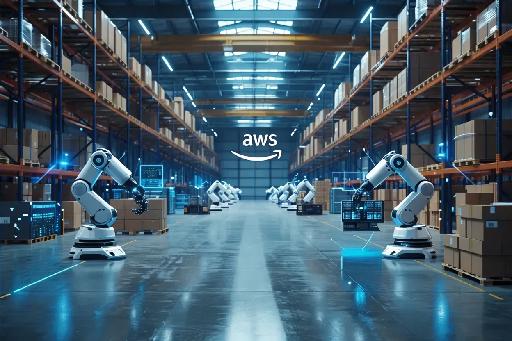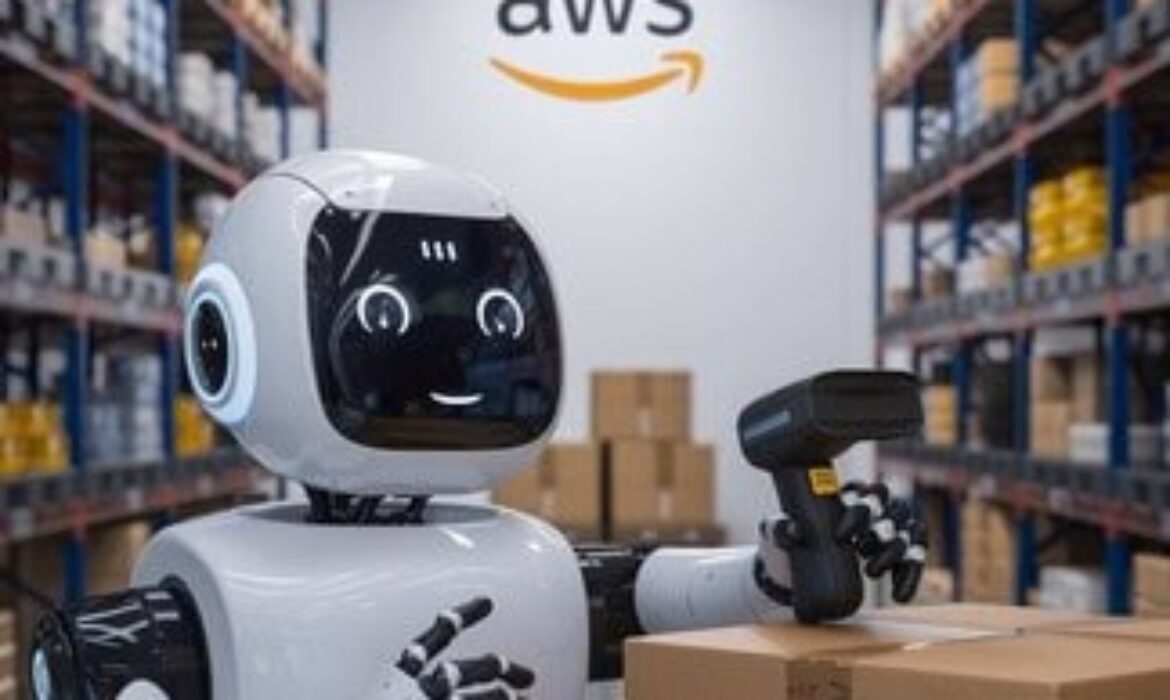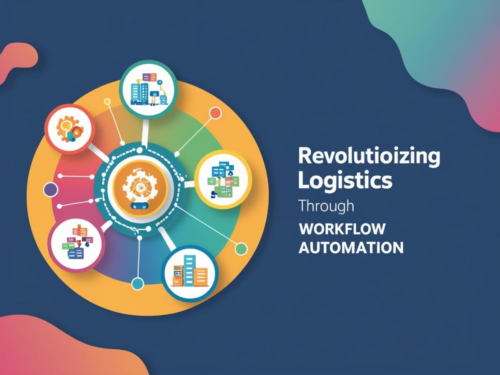AI Streamlines Data Integration in AWS Supply Chains
AI streamlines data integration in AWS supply chains by automating and optimizing data processing from various sources, such as suppliers, inventory systems, and logistics platforms. Leveraging AWS services like Amazon S3 for data storage and Amazon Kinesis for real-time data streaming, AI algorithms efficiently analyze, categorize, and clean vast datasets. AI-powered tools like Amazon SageMaker enable machine learning models to predict demand, track inventory, and optimize logistics, reducing human error and improving decision-making.
With AI, supply chain data is processed faster and more accurately, allowing businesses to respond to market fluctuations and customer needs in real time. AWS IoT services also integrate with AI to manage and monitor IoT devices across the supply chain, providing real-time visibility into operations. By automating data integration and leveraging predictive analytics, AI and AWS enable supply chains to be more responsive, agile, and efficient in today’s competitive landscape.
Real-Time Data Processing in Supply Chains
Real-time data processing in supply chains allows companies to instantly collect and analyze data from various sources, such as IoT devices and logistics systems. This enables quick adjustments and decision-making to improve operations, optimize inventory, and manage delivery schedules. By leveraging cloud platforms like AWS, businesses can continuously monitor supply chain activities and respond immediately to disruptions or changes.
The process works through IoT sensors embedded in vehicles or equipment, transmitting data to cloud services like AWS Lambda or Amazon Kinesis. AI and machine learning algorithms then analyze this data in real-time, allowing companies to detect potential issues and make proactive adjustments. This combination of real-time insights and rapid decision-making leads to greater efficiency, reduced delays, and enhanced overall performance.
Predictive Analytics in AWS Supply Chain Management
Predictive analytics in AWS supply chain management harnesses AI to forecast future outcomes from historical and real-time data. By analyzing data from inventory systems and customer demand, AI models can anticipate demand fluctuations, optimize inventory levels, and pinpoint potential disruptions in the supply chain.
With AWS services like Amazon SageMaker, businesses can create and deploy machine learning models that efficiently process large datasets. These models facilitate proactive decision-making, enabling companies to identify challenges in advance and make informed adjustments to enhance efficiency and reduce costs. By integrating AI-driven predictive analytics, organizations gain crucial insights into supply chain trends, leading to more accurate demand planning, improved resource allocation, and a more agile, resilient supply chain.

Challenges and AI Solutions in Supply Chain Management
Global Economic Uncertainty: Economic fluctuations, geopolitical tensions, and inflation create challenges for supply chains by causing unpredictable demand and rising costs. However, AI improves predictive analytics, enabling companies to forecast demand accurately and anticipate cost increases. This proactive strategy allows businesses to adapt quickly, maintain operational efficiency, and navigate market uncertainties with greater resilience.
Technological Integration: While integrating technologies like AI, IoT, and blockchain can be complex and costly, AI simplifies the process by providing smarter interfaces and automating data management. It reduces the burden of data collection and processing, allowing companies to focus on meaningful analysis. AI also eases employee resistance to change by improving system usability, making the adoption of new technologies smoother and more efficient.
Inventory Management Issues: AI significantly improves inventory management by enhancing demand forecasting through predictive analytics. It helps prevent stockouts and overstocking by analyzing data and market trends. AI-driven tools also recommend optimal stock levels based on real-time conditions, ensuring efficient and adaptive inventory management.
Cybersecurity Threats: As logistics systems digitize, the risk of cyber-attacks increases, posing ongoing challenges for data protection and operational security. AI enhances cybersecurity by deploying advanced threat detection systems that analyze network traffic and detect patterns indicating potential attacks. Additionally, AI automates incident response, improving security protocols and ensuring more efficient, comprehensive protection.
Supply Chain Disruptions: Natural disasters, pandemics, and political instability can disrupt supply chains, with COVID-19 revealing critical vulnerabilities. AI enhances risk assessment and management by predicting disruptions through real-time data analysis. Machine learning algorithms identify patterns signaling potential issues, allowing companies to take proactive measures and develop contingency plans, ultimately strengthening supply chain resilience.
Future Trends: The Evolving Landscape of AI in Supply Chains
AI can significantly enhance logistics and supply chain management related to goods and services by addressing common challenges. For instance, AI-driven predictive analytics can improve demand forecasting for various products and services amid global economic uncertainties, while automation technologies can alleviate labor shortages by handling repetitive tasks in warehouses and distribution centers, thus boosting overall efficiency. Additionally, AI can optimize transportation routes for the delivery of goods, reducing rising costs through efficient logistics planning.
In terms of supply chain disruptions affecting goods and services, AI enhances risk management by predicting potential issues through real-time data analysis, allowing companies to develop proactive contingency plans. Meanwhile, AI can elevate customer experiences by providing real-time tracking of deliveries, automating customer inquiries with chatbots, and personalizing services according to consumer preferences.
Furthermore, AI helps with regulatory compliance by monitoring changes affecting the transport of goods and services and identifying potential issues, while optimizing operations for sustainability through energy-efficient routing and waste reduction in packaging and distribution. In inventory management, AI-driven analytics allow for better demand forecasting, helping businesses navigate stock levels for both goods and services effectively. Overall, AI technologies streamline operations and improve resilience in logistics, addressing contemporary challenges effectively.













